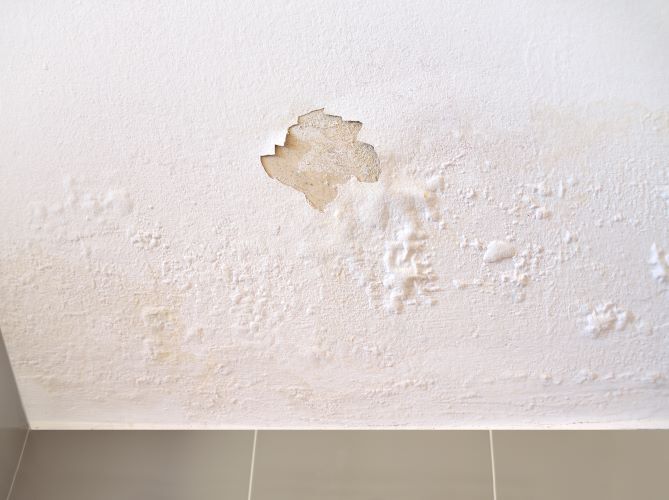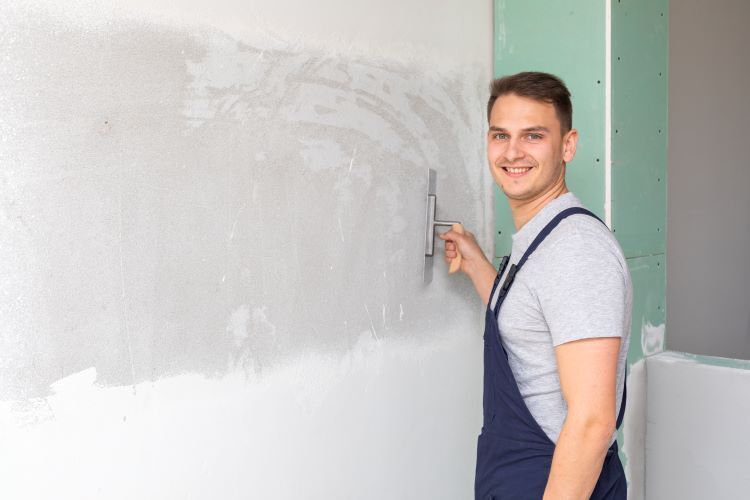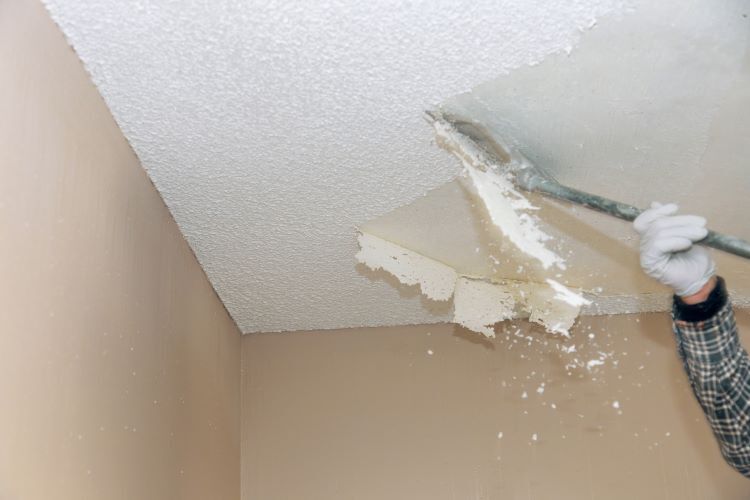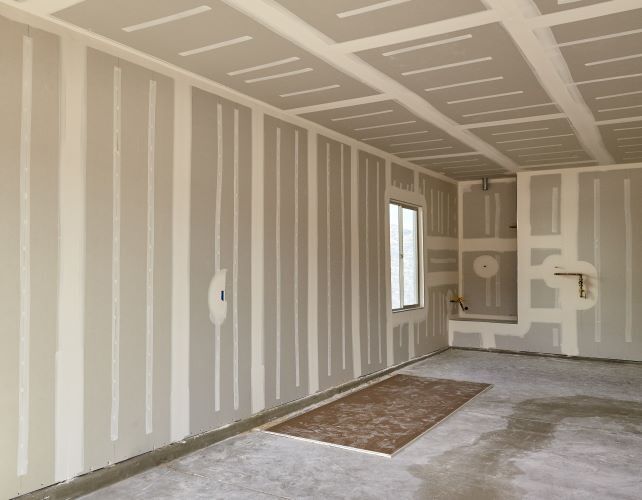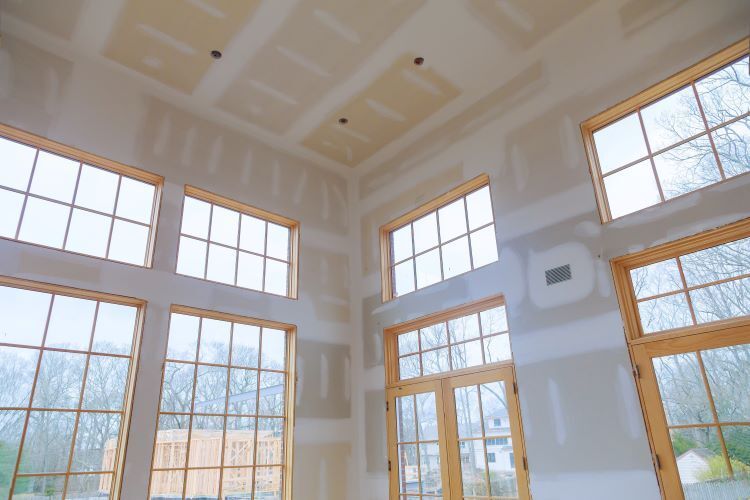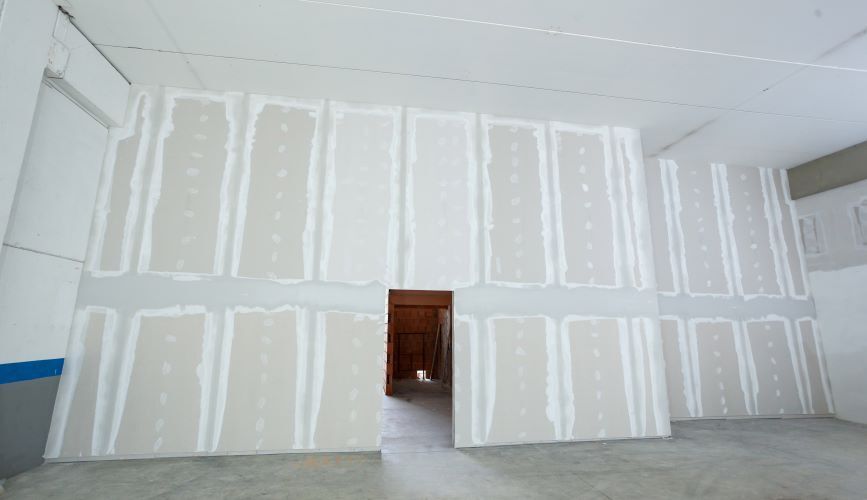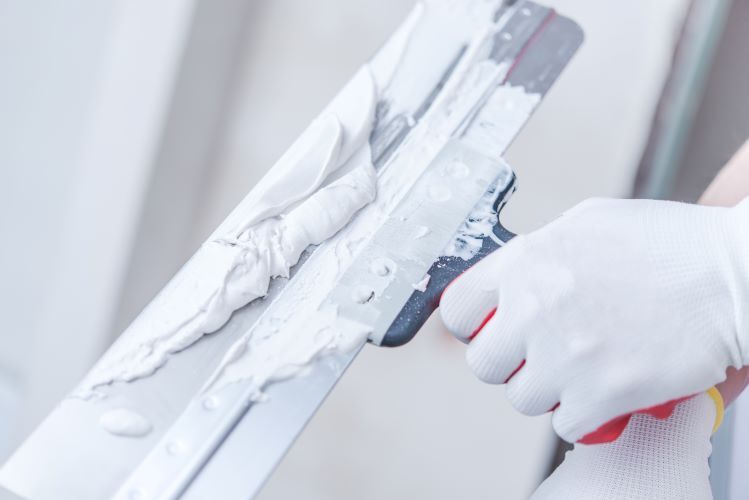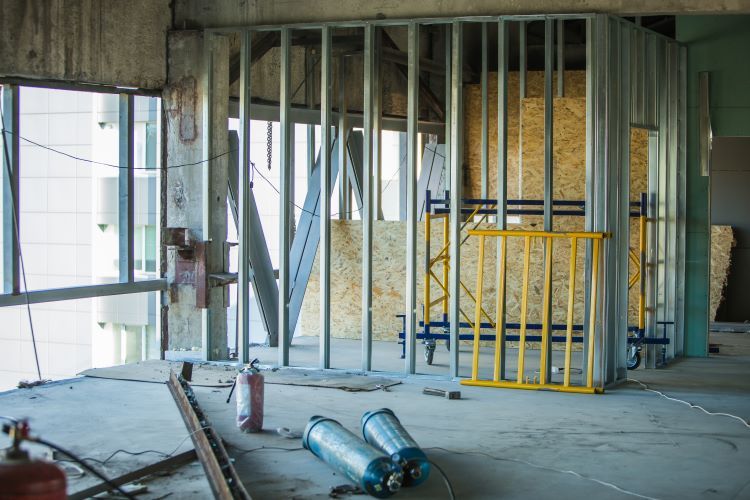How to Prevent Future Drywall Issues with Proper Maintenance
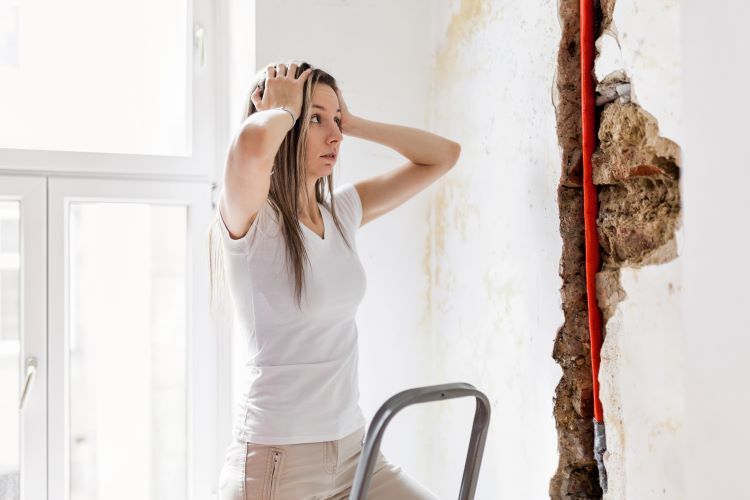
Drywall is a popular choice for residential and commercial interiors, offering a smooth, durable surface that can be easily painted or finished. However, like any material, drywall is susceptible to wear and tear over time. To ensure the longevity and appearance of your drywall, proper maintenance is key. In this article, we'll explore how to prevent future drywall issues with effective maintenance strategies, tailored for homeowners in London, Ontario.
1. Regular Inspections: Catching Problems Early
One of the most effective ways to prevent drywall issues is to conduct regular inspections of your walls and ceilings. Early detection of potential problems can save you time and money in the long run.
- Cracks and Dents: Look for small cracks or dents that may develop over time. These are often caused by minor settling of the building or accidental bumps. Addressing them early prevents them from becoming larger, more costly problems.
- Moisture Signs: Check for any signs of moisture, such as water stains, bubbling paint, or softened drywall. Moisture is a significant threat to drywall and can lead to mold growth if not addressed promptly.
2. Moisture Control: Protecting Your Drywall
Moisture is one of the most common causes of drywall damage. Preventing moisture intrusion is crucial to maintaining the integrity of your walls and ceilings.
- Proper Ventilation: Ensure that areas prone to moisture, such as bathrooms and kitchens, are well-ventilated. Exhaust fans can help remove excess humidity, reducing the risk of moisture damage.
- Fix Leaks Immediately: If you notice any plumbing leaks, roof leaks, or other sources of water intrusion, address them immediately. Delaying repairs can lead to significant drywall damage and expensive repairs.
3. Preventing Physical Damage: Tips for Homeowners
Drywall is relatively durable, but it can be damaged by everyday activities. Taking steps to prevent physical damage can extend the life of your walls.
- Use Bumpers and Guards: In high-traffic areas or rooms with heavy furniture, consider using door bumpers, corner guards, or chair railings to protect the drywall from accidental impacts.
- Be Cautious When Hanging Items: When hanging pictures, shelves, or other items, use appropriate wall anchors to prevent the drywall from cracking or crumbling. Avoid using nails or screws without proper support.
4. Addressing Small Issues Promptly
Small issues, if left unattended, can escalate into larger problems. By addressing minor drywall damage quickly, you can prevent more extensive repairs down the road.
- Patch Small Holes and Cracks: Small holes from nails or minor cracks can be easily patched with a bit of joint compound and a putty knife. Sand the area smooth once the compound has dried and touch it up with paint.
- Reinforce Weak Areas: If you notice areas where the drywall seems weak or soft, consider reinforcing it with additional screws or backing before the problem worsens.
5. Proper Painting and Finishing
The way you finish and paint your drywall can have a significant impact on its durability and appearance. Proper techniques can help prevent future issues.
- Prime Before Painting: Always use a primer before painting new drywall. Primer helps the paint adhere better and creates a barrier that can prevent moisture from penetrating the drywall.
- Choose the Right Paint: In moisture-prone areas, use a paint that is resistant to mold and mildew. This can provide an extra layer of protection for your drywall.
6. Dealing with Major Settling
Over time, homes can settle, leading to more significant drywall issues such as large cracks or gaps. While minor settling is normal, it's important to address more severe cases.
- Consult a Professional: If you notice large cracks or uneven walls, it may be a sign of significant settling or structural issues. In such cases, it’s best to consult with a professional who can assess the situation and recommend appropriate repairs.
7. Regular Maintenance for High-Moisture Areas
Rooms like bathrooms, kitchens, and basements require more frequent maintenance due to their higher moisture levels. Regularly check these areas for any signs of drywall damage.
- Sealant Application: Apply a waterproof sealant to areas prone to water exposure, such as around bathtubs, showers, and sinks. This can help prevent water from seeping into the drywall.
- Inspect Caulking: Regularly inspect the caulking around windows, doors, and plumbing fixtures. Replace any cracked or deteriorating caulk to maintain a watertight seal.
8. Professional Inspection and Maintenance
While many drywall maintenance tasks can be handled by homeowners, it’s beneficial to have a professional inspection every few years, especially in older homes.
- Professional Repair: For larger or more complex drywall issues, such as extensive water damage or structural cracks, it’s wise to hire a professional drywall contractor. They have the expertise to address the problem effectively and prevent future issues.
Drywall maintenance is an essential aspect of home care, ensuring that your walls and ceilings remain in excellent condition for years to come. By following these tips, homeowners in London, Ontario, can prevent common drywall issues and enjoy a well-maintained, beautiful interior.
If you’re unsure about how to address specific drywall concerns or need professional assistance, London Drywallers is here to help. With our expertise, we can ensure that your drywall is properly maintained and repaired, protecting your investment and enhancing your home’s comfort and aesthetics.
